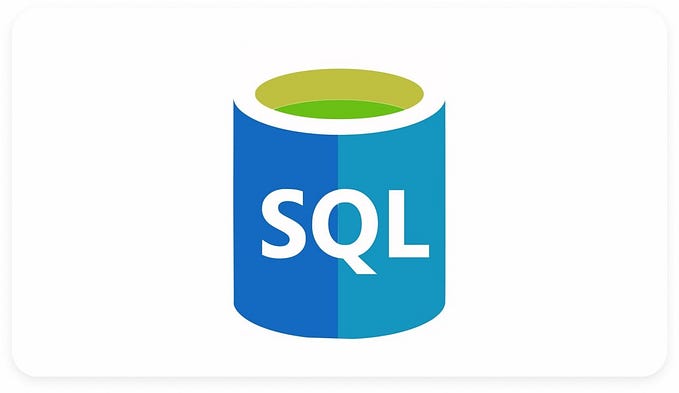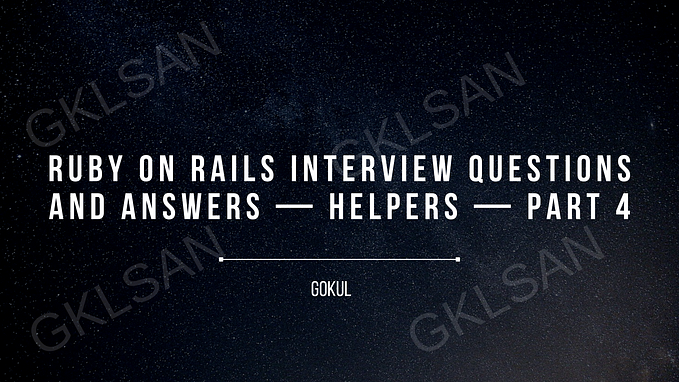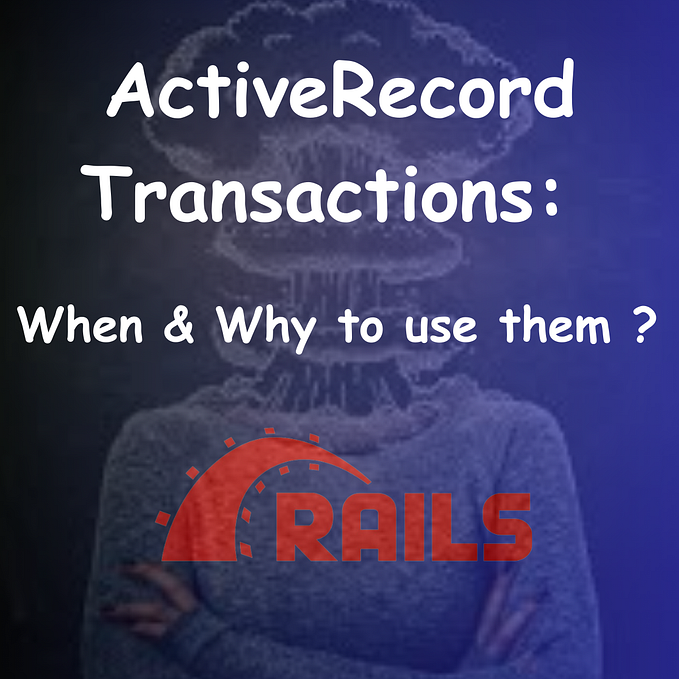Member-only story
Building Applications with Ruby on Rails (RoR) and ReactJS: Approaches and Examples 🚀
Ruby on Rails (RoR) and ReactJS are a powerful combination for building modern web applications. RoR excels at handling backend logic and database interactions, while ReactJS shines on the frontend by offering dynamic user interfaces. This combo allows developers to build scalable, performant, and interactive applications.
In this blog, I’ll walk you through different approaches to integrate RoR with ReactJS, explaining each step carefully. Let’s dive into it! 💻
1. Monolithic Approach: Adding ReactJS to an Existing RoR App🏗️
In the monolithic approach, we embed ReactJS within a traditional Rails application. This is the simplest way to get React into your RoR project, ideal for smaller or less complex apps.
Steps:
1. Create a Rails App:
Start by creating a new Rails project if you don’t already have one:
rails new my_app2. Add Webpacker Gem:
Webpacker is a modern asset pipeline for Rails and supports React out of the box.
Add the `webpacker` gem to your Gemfile:
gem 'webpacker'Then run:
bundle install
rails webpacker:install
rails webpacker:install:react








